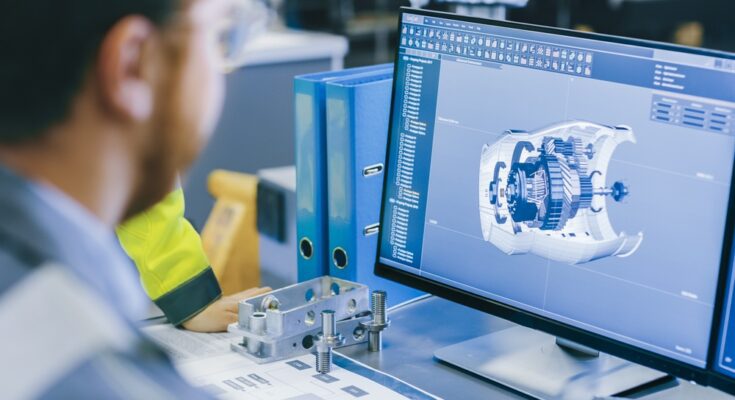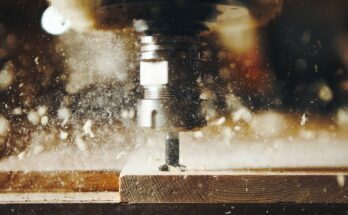Creating a product that can transition seamlessly from concept to production is the ultimate goal for any product designer. However, the road to manufacturability can include pitfalls that result in increased costs, production delays, and wasted resources.
By being mindful of common mistakes, you can create practical, cost-effective, and scalable designs. Below, we cover five key mistakes to avoid when designing for manufacturability and how to improve your processes.
Not Using Cost-Efficient Materials
Selecting the wrong materials can inflate manufacturing costs and make production less efficient. While premium materials may enhance the product’s quality, they aren’t always the best choice for every design’s purpose or budget.
It’s essential to balance functionality with affordability during material selection. Keep an eye out for cost-efficient alternatives that meet the product’s functional requirements without increasing the expenses.
Crafting Overly-Complex Designs
Overly intricate designs are a frequent hurdle in manufacturing. While unique aesthetics and features may catch attention, they can significantly complicate the production process.
When a design requires multiple steps, specialized equipment, or excessive labor, it becomes costly and more prone to errors. Aim for simplicity when designing your product while keeping its purpose intact.
Lacking Specific Detail
Ambiguity in the designs can lead to confusion and mistakes during manufacturing. Every detail matters, from accurate measurements to clearly defined tolerances. When technical drawings and specifications are incomplete or unclear, manufacturers are forced to make assumptions that might not align with your vision. Be thorough when documenting your requirements and include all critical details in the design files.
Insufficient Consideration for Scalability
Neglecting scalability can be a costly oversight. Designs that work well on a small scale might not be feasible for mass manufacturing due to tooling limitations, cost inefficiencies, or time constraints. When designing for manufacturability, ensure the concept translates smoothly to larger production runs without requiring substantial retooling or redesigning. Scalability should always be part of the decision-making process from the beginning.
Neglecting Collaboration With Engineers
Ignoring input from engineers is a missed opportunity to refine your design and improve production outcomes. Engineers can identify design flaws, suggest better alternatives, and offer insights that simplify manufacturing.
Without collaboration, design and production teams can end up working at odds, creating unnecessary delays and complications. Establish clear communication with engineers early in the design process to ensure alignment and minimize errors.
Avoiding these common mistakes can help you achieve a streamlined and efficient manufacturing process while controlling costs. Pay close attention to materials, follow detailed documentation, and collaborate with the right people to set your product up for success.


